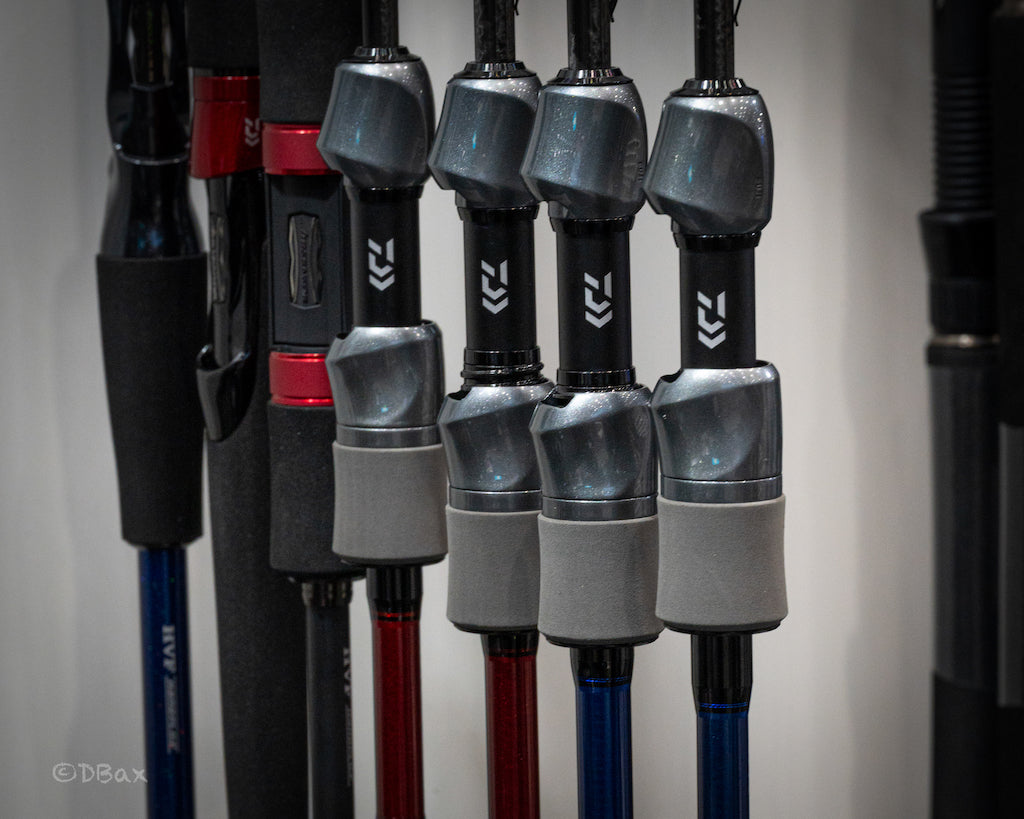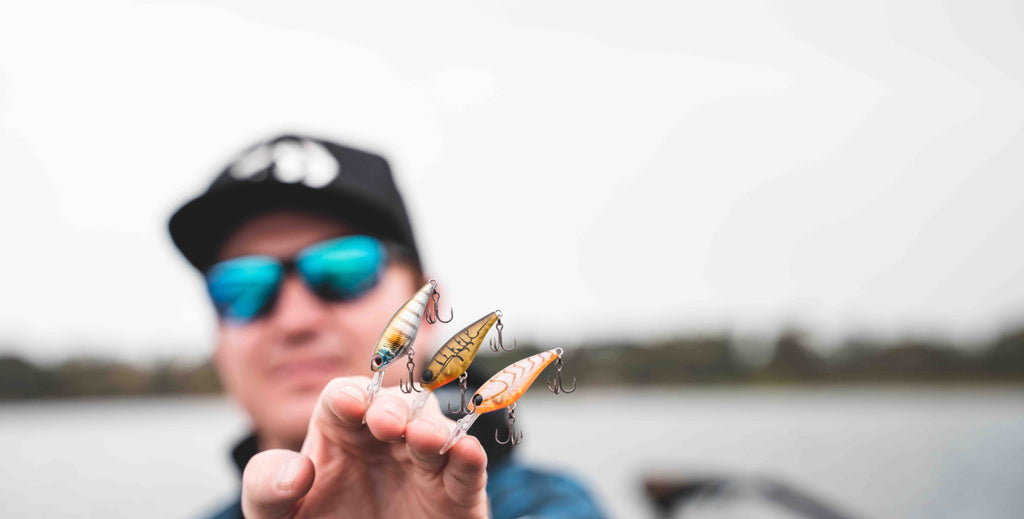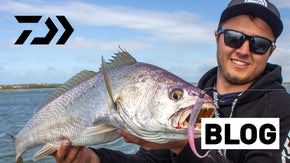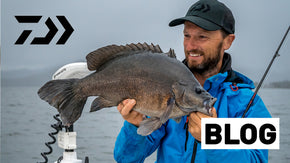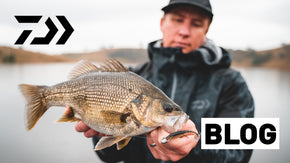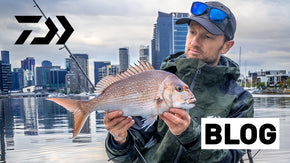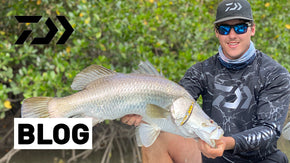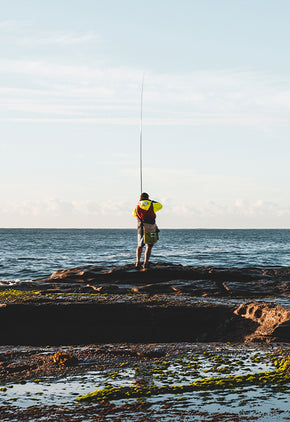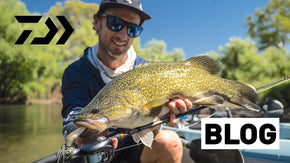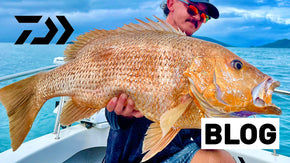Posted 20th October 2023
How to Catch Big Snapper
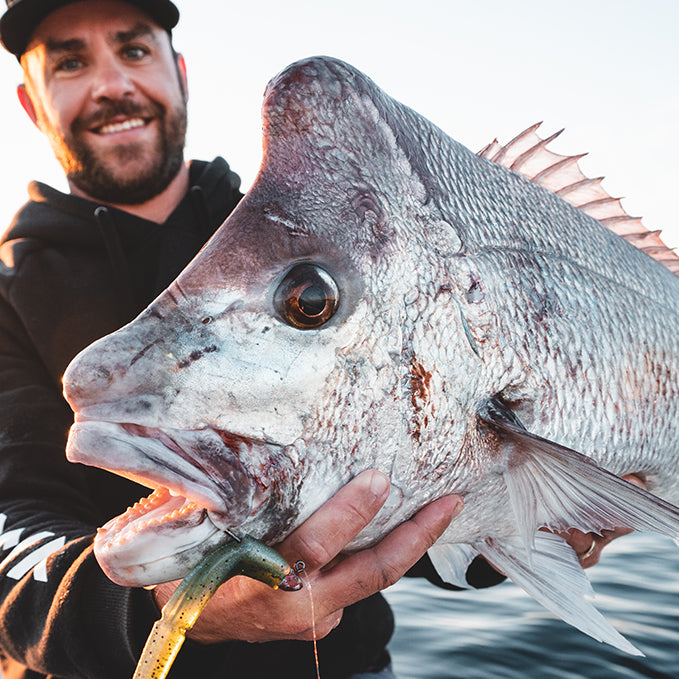
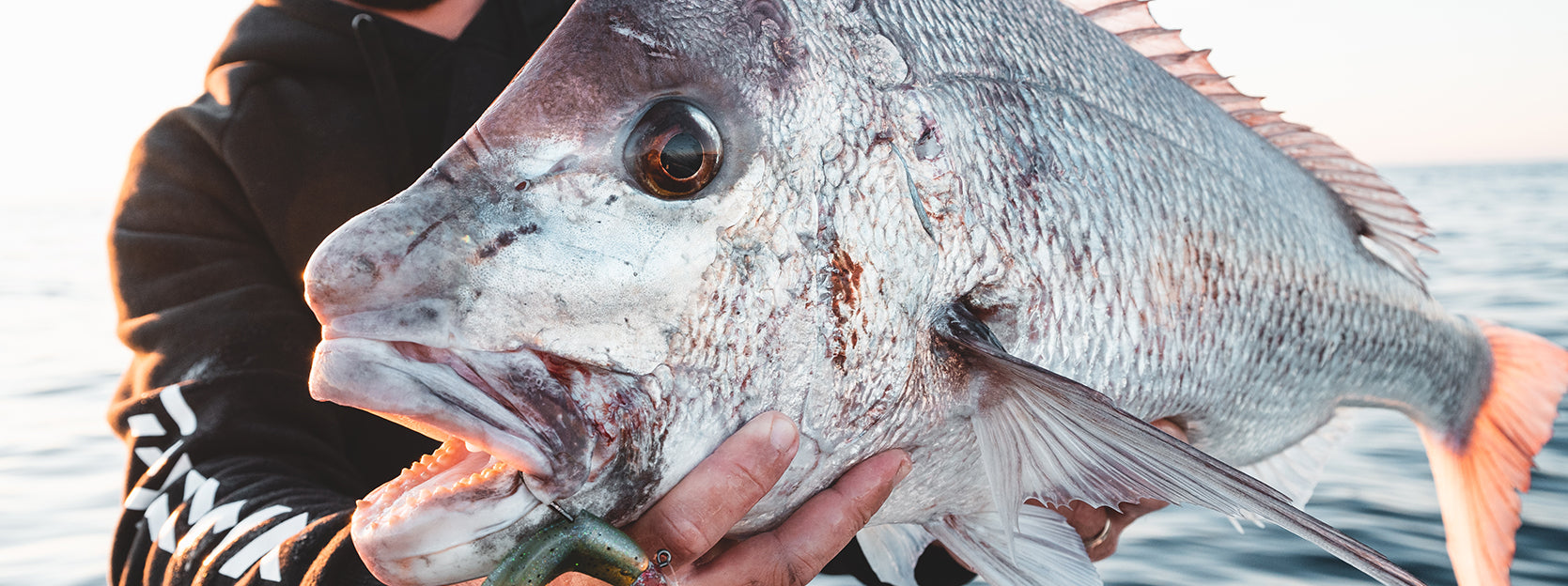
By Robert Thornton
Much is written about snapper in Australia, and while finding information to successfully target these fish is easy enough, quite often there is a piece of the puzzle missing. Specific techniques for extra-large snapper rarely get a mention, and sometimes it can feel like the larger models are a different species altogether.
It is well-known amongst anglers that these fish take on unique characteristics when they reach a certain size – even their appearance changes quite markedly as they grow into adulthood. In some states anglers even have different names for juvenile and adult fish; for example, squire/knobby (juvenile/adult) is standard vernacular for Queenslanders.
Chasing these larger specimens does require a rethink of standard snapper tactics, however there are still plenty of lessons that the smaller fish can teach us. At the end of the day snapper are snapper, and there are some habits and quirks that they never lose with age, however gargantuan and grotesque they become.
In this blog we will draw on some of the standard snapper teachings and apply them alongside lessons from one of Daiwa’s own big snapper specialists! But before we do, let’s look at the life of a big red!
The red menace
Most of the snapper encountered by anglers are in the 30-50cm bracket, and while these fish provide excellent sport and table fare, they can grow much larger than that! Snapper have been recorded to well over a metre and around 20kg in Australian waters, with even larger specimens reported anecdotally from elsewhere. If you’d like to know more about their biology and life cycle you can read my other blog on how to catch snapper here.
Just like snapper anywhere, the larger fish can show up in a lot of places, from offshore reefs in hundreds of metres of water, to small rubble patches in sheltered bays in depths you could almost stand in. They will even make their way up rivers and creeks when the conditions suit them.
These fish are seldom easy to target though, and despite often coming within casting range of shore-based anglers, the cunning of this long-lived species (up to 40 years) puts the odds back in their favour. A large snapper has usually spent much of its life living among schools of similarly sized fish, migrating between different areas to feed and spawn, quite often while dodging anglers’ lures and baits. As they grow larger, the schools they travel in become smaller, and a lot of older fish tend to be solitary and sometimes residential (non-migratory) fish that often get up into shallow water to feed.
It’s for these reasons that most of the biggest snapper are taken on meticulously rigged baits by those who’ve fine-tuned their craft; catching big snapper on bait is certainly an artform. It’s also possible to do with lures, however, to do this you really need to use your brain for these wily old creatures!

Big red secrets
Someone who understands these fish very well is Sam Gilchrist, who lives in the Coffs Coast region. He has caught fish over 10kg on both lures and bait, and still spends many hours each year pursuing big fish with both techniques.
“It’s the thrill of the chase with big reds,” he says, “they’re so difficult to target, and you never know when that big 90cm+ plus fish is going to come along!”
Sam chases snapper all year where he lives but catches the bulk of his fish around their spawning time, which is June/July in his locale. Outside of these times, large resident fish will hang around some of the shallow inshore reefs that Sam fishes, and this is a good time to specifically chase them. In other parts of the country where the spawning happens at different times (for example, Port Phillip Bay is known for its spawning aggregations in spring and summer), large resident fish will hang around inshore waters even after the main spawning stock have left to head back out to sea. Snapper spawning usually happens when the water reaches about 18C, and this is a constant throughout their range.
Wherever you find them, though, they are never easy fish to bring unstuck, as Sam can attest.
“Any spearo will tell you how hard it is to get close to a big snapper,” he explains, “even with berley, these fish can be so flighty.”
In terms of the ground Sam likes to fish, he tends to look for inshore reefs, ledges, pinnacles, gravel patches, headlands and basically structure that attracts bait and breaks the current, but this is only part of the story.
“A little bit of current is always preferred,” he explains, “and I look for water that is clear, but not crystal clear.”
“They can be very challenging when the water is super clear,” he continues, “You can chase them in under 10m here, but the fishery is offshore only, so you’ll be fishing headlands with washes and other turbulent areas.”
Areas with a bit of wash or turbulence can help to obscure angler from fish in ocean waters. In more sheltered bays and gulfs like Moreton Bay in Brisbane or Shark Bay in WA, things such as a bit of wind chop, or slightly murky water brought in by strong winds or rain can help you as well.

How to catch big snapper on lures
The name of the game when chasing big snapper is stealth. Only in very deep water beyond 40m will you be dropping things like jigs vertically onto big fish. Sam fishes water between 10-40m deep, so the large fish he’s chasing need to be cast to from a distance to avoid spooking them.
“I like to plan drifts instead of anchoring or spot-locking,” he says, “and I will align the drift based on wind and current so that I am fishing the forward-facing [into the current] edge of the structure.”
“I’ll usually work all the edges of a piece of structure,” he goes on, “big snapper will most often be off the edge, rather than right up on top of the structure itself.”
“They’ll often repeat behaviours, so mapping good areas in your mind and with your electronics is always a good idea,” he explains, “that way you’ll understand where to be next time as well.”
Like most big snapper specialists, Sam uses a lot of soft plastics for one simple reason: they work!
“Most of the time I’ll fish a 7” Bait Junkie 7” Jerkshad on a 3/8 or 1/4oz jighead in 7/0, depending on the current and depth,” he says, “On the odd occasion I will use 5” Jerkshads as well.”
Sam doesn’t leave anything up to chance and chooses to use the best gear he can get, and while this is not vital, it certainly helps tip the odds back in your favour!
“My favourite set-ups for it are a Battler Topgun with Saltiga 4000, and a TD Commander Garuda with Certate 4000D-C-ARK,” he says.
“I like them because they both have a fast action and a lot of pulling power,” he continues, “and the Battler particularly bends parabolically through the whole blank, which means I can really rip on fish when in tough country.”
On these set-ups he tends to run 30lb braid with 25lb Saltiga FC X-Link Leader.
Sam also occasionally runs 40lb braid and leader, with great results, however heavier lines can make long casts difficult. Some anglers also argue that heavier lines can turn fish off your lures, although Sam insists that at least where he fishes, leader size doesn’t bother the fish.

How to catch big snapper on bait
Sam does less bait fishing for snapper these days but still occasionally gets his hands dirty, as he knows it’s an excellent way to catch a proper monster. Fishing in this way requires a different approach though.
“When using bait I’ll fish in same spots, but I’ll anchor off the leading edge,” he says, “usually between 20-50m off the edge, where I’ll establish a berley trail and send baits out the back.”
“Ideally I’ll have a big cut bait on one side and a live bait on the other, both rigged to be fished on the bottom.”
“My other rig will be a floatline rig, rigged with little weight or without weight,” he continues, “When fishing with bait you might only get a bite window of around 30-40 minutes before the fish wise up, but often that’s all you need.”
For his bottom fishing, Sam likes the trusty old Paternoster rig, with a 3-way swivel, snapper lead at bottom and snelled 6/0 or 8/0 hook arrangement suited perfectly to the job. On this rig can go a big cut bait such as cuttlefish, squid, garfish, tailor, mullet or even pilchard. If you want to run a live bait, slimies, yakkas or scad are Sam’s favourite livies in his area.
“My floatline rig is simply just a pea sinker running straight to a 6/0-8/0 hook.”
“I like to run a couple of the Beefstick 701HB with Saltist overheads spooled with 30-60lb braid and similar leader for the bottom rigs,” he goes on, “and straight through 30lb mono for the floatline rig,” he says.
Sam prefers the use of overhead reels as they allow for easy free spooling. When a fish grabs the bait and runs (as big snapper often do) he can control the speed of line with his thumb before engaging the reel with a single flick of the lever.
With a spin reel, unless it’s a Free Swimmer BR (which is a great spin alternative), it can be very difficult flick the bail arm back over once a fish is taking line quickly!
Go big or go home
Whichever way you choose to chase big reds, it isn’t always possible to escape the smaller fish. Quite often smaller fish will be present in areas where you’d expect larger fish to hang out, but this is normal.
“I guess you just have to deal with smaller fish sometimes,” Sam explains “when bait fishing especially you will often get a lot of smaller fish and have to wade through them to find a bigger one.”
Running larger baits is one way to minimise the smaller fish, as they will find it difficult to get their mouth around them, plus they will create a small berley trail as they pick at the bait. With any luck, all this activity will encourage a larger fish to come over and inspect.
“When lure fishing you can be a lot more strategic,” he continues, “you can fish big fish areas and use bigger lures to deter smaller.”
Casting large soft plastics to the leading edge of structures offshore where the larger and more dominant fish tend to sit is Sam’s favourite approach, but it certainly isn’t a perfect system.
“Small snapper will still eat a 7inch plastics,” he says, “but that’s okay.”
I see red!
Going after big snapper is not an easy task, and you may very well have to make a few attempts before you crack the code. Even masters like Sam still go out on days and draw a blank, but that’s fishing, and that’s what keeps us coming back!
Don’t think for a second that big 20lb snapper are a thing of the old days, or a target only for the true diehards with the fanciest gear. Snapper exist around much of our coastline, and amongst almost all of the local populations are big fish of this calibre.
Time on the water and planning prior to each trip are two things that will help make a big snapper dream into a reality. The rest is up to you!


 Contact Us
Contact Us Blog
Blog About
About
